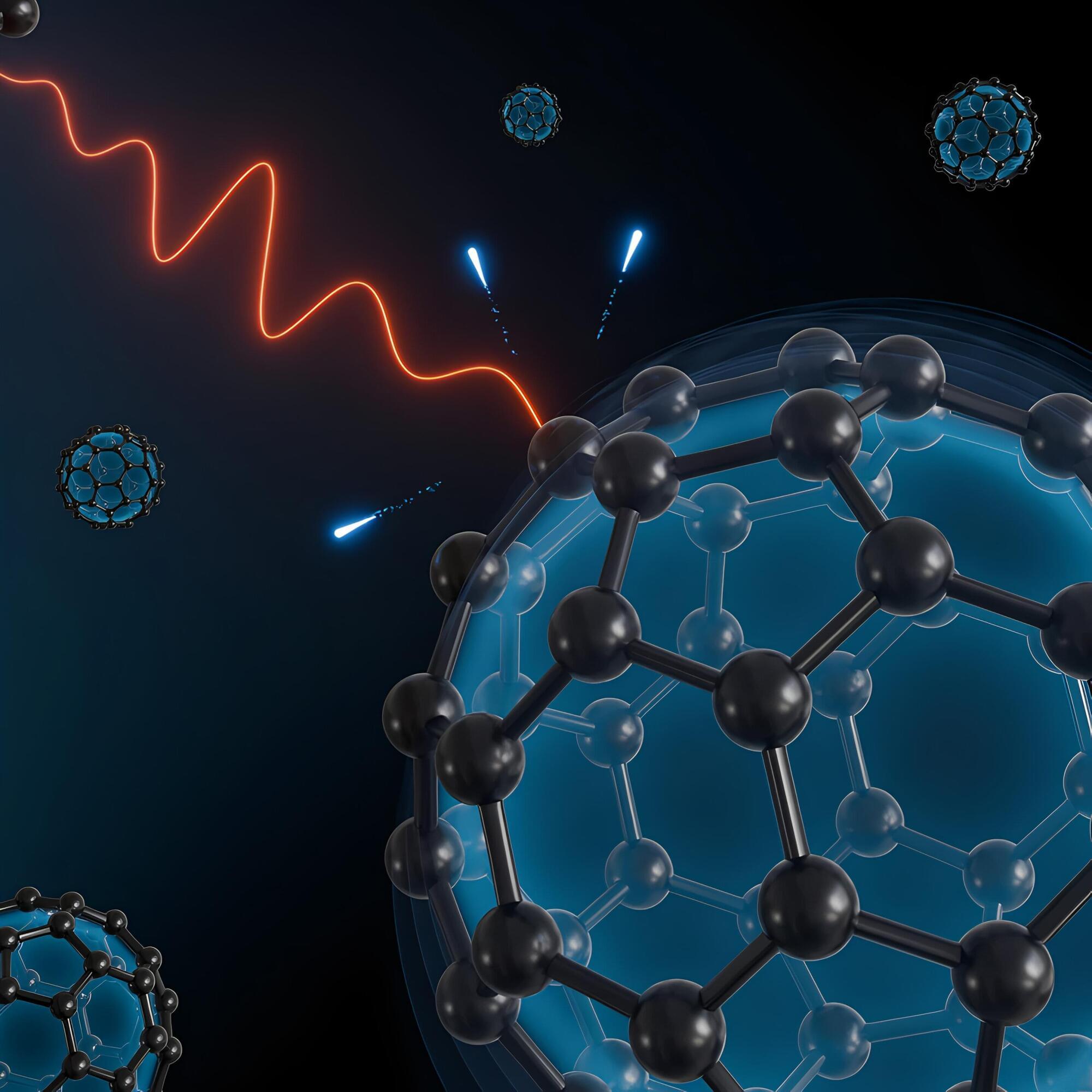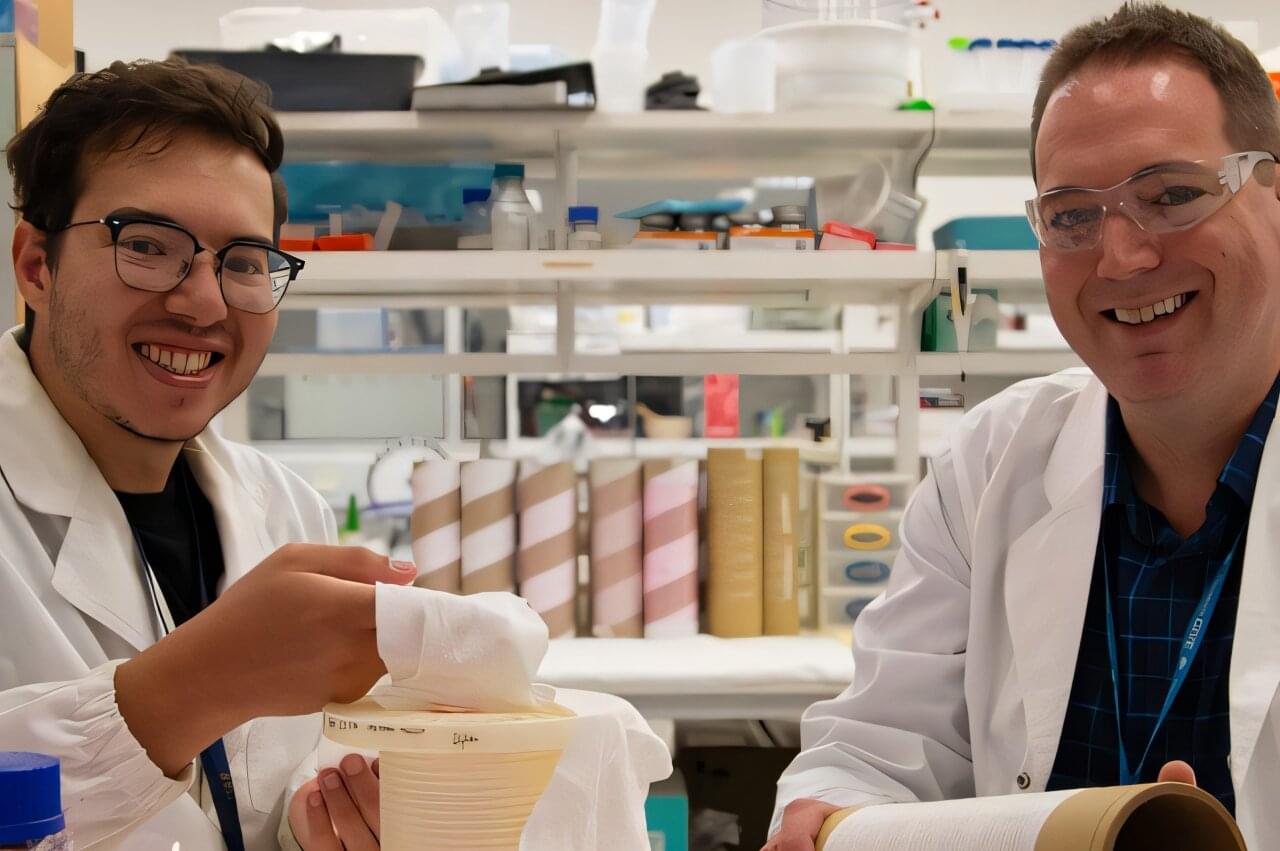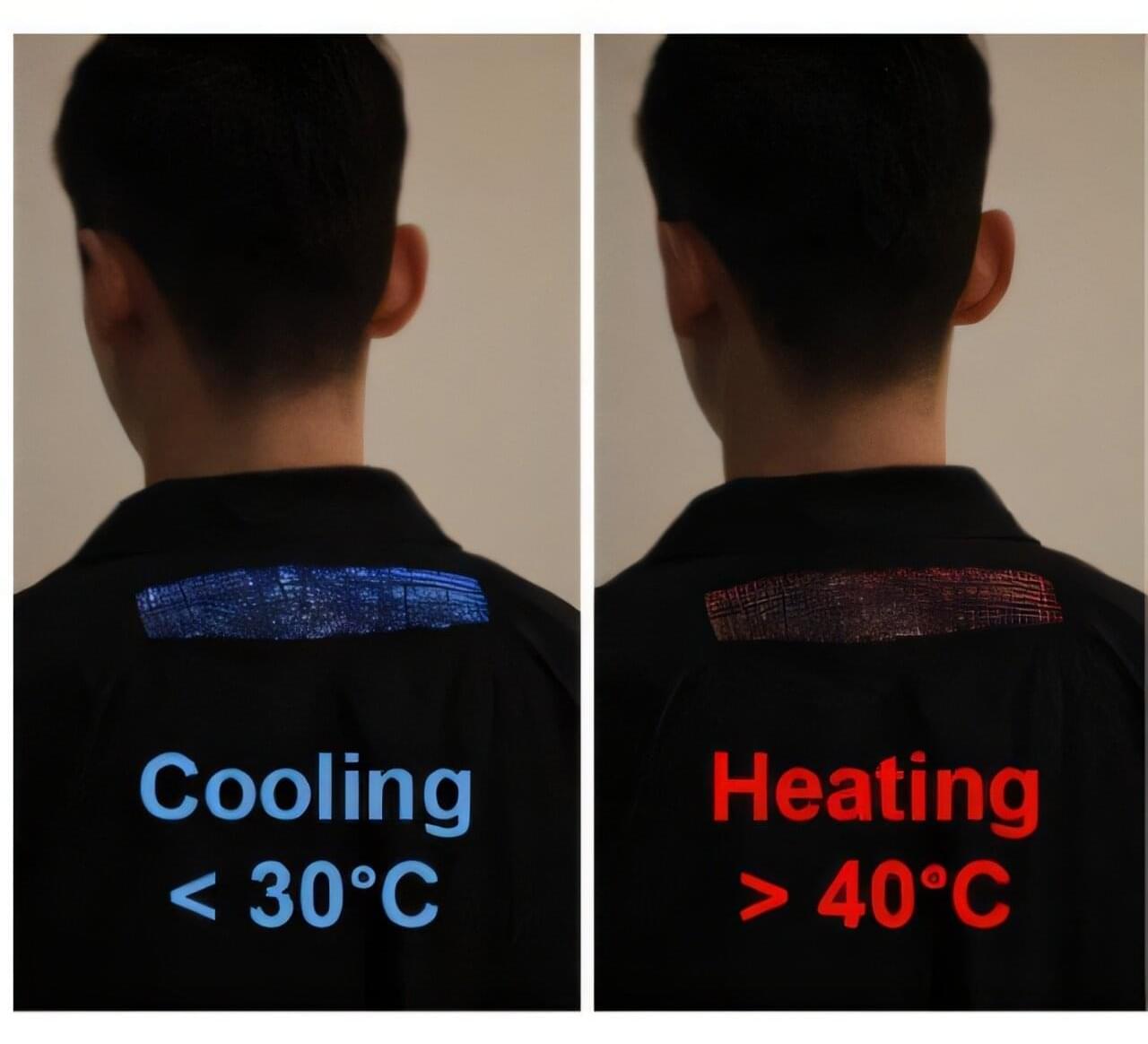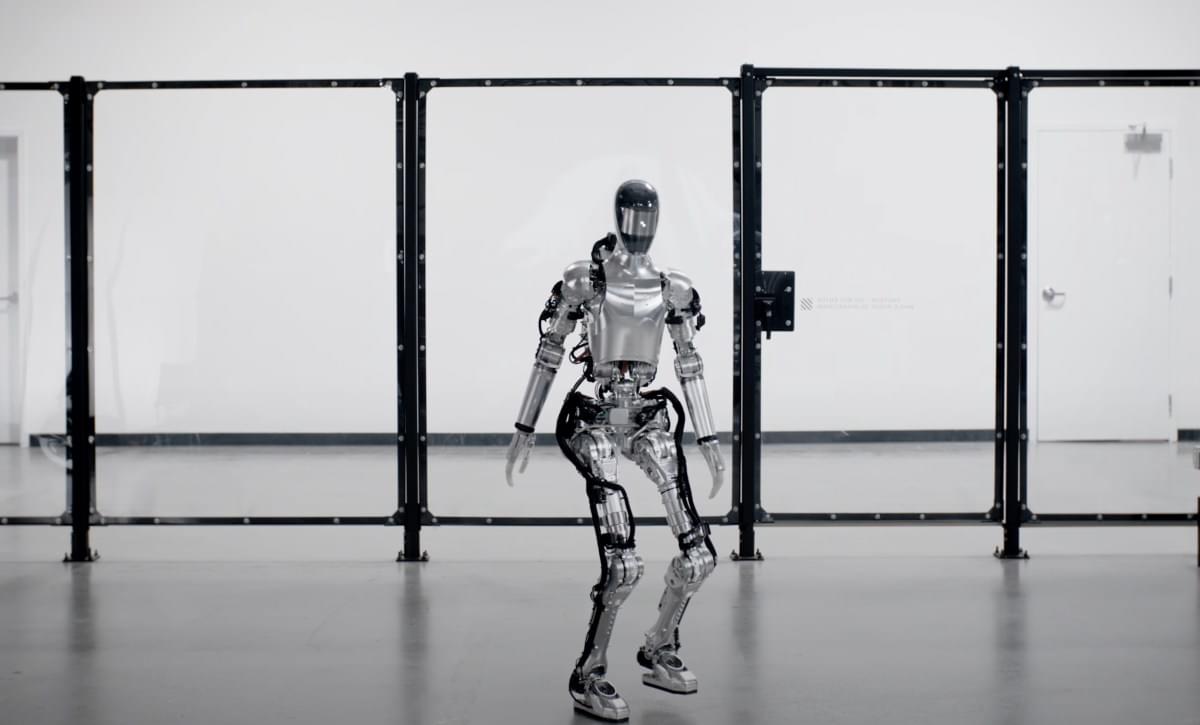Attosecond time-resolved experiments have revealed the increasing importance of electronic correlations in the collective plasmon response as the size of the system decreases to sub-nm scales.
The study, published in the journal Science Advances, was led by the University of Hamburg and DESY as part of a collaboration with Stanford, SLAC National Accelerator Laboratory, Ludwig-Maximilians-Universität München, Northwest Missouri State University, Politecnico di Milano and the Max Planck Institute for the Structure and Dynamics of Matter.
Plasmons are collective electronic excitations that give rise to unique effects in matter. They provide a means of achieving extreme light confinement, enabling groundbreaking applications such as efficient solar energy harvesting, ultrafine sensor technology, and enhanced photocatalysis.









